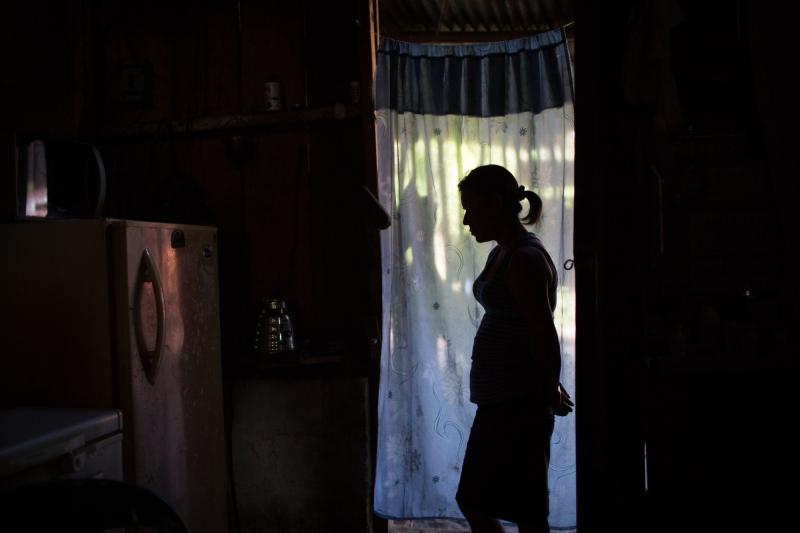Where We Work
See our interactive map


Photo by Anna Watts for IntraHealth International.
We need more data about gender-based violence during the pandemic. But how do we make sure collecting them does more good than harm?
Since COVID-19-related lockdowns began, gender-based violence (GBV) has increased globally.
More women are confined at home with their abusers, more are afraid to go to health facilities because of COVID-19, and fewer are able to report violence safely without their abusers knowing.
In countries that have long had low rates of gender-based violence, reports of domestic violence have increased. France has seen a 30% increase, Argentina 25%, Cyprus 30%, and Singapore 33%. In Canada, Germany, Spain, the United Kingdom, and the United States, demands on domestic violence response, hotlines, and emergency shelter have all risen.
And we know these numbers don’t tell the whole story—less than 40% of women who experience violence globally are able to report it and seek help, according to UN Women.
COVID-19 has interfered with many global health programs and interventions, especially those targeting gender-based violence. As a result, public health professionals are worried about the increases in GBV—both those that we can detect through reported data and those that may go unnoticed during the pandemic.
In Devex’s Gender Data Series: Mitigating the impact of COVID-19 on women and girls, Henriette Jansen from UNFPA, Emily Janoch from CARE, and Laura Scanlon from Maido have talked about data collection methods and modern technologies that prioritize the safety of women and girls.
Whenever we collect data as part of our work in global health—such as through the RHITES-E program in Uganda, which I’ve been focusing on as part of my IntraHealth-UNC Summer Fellowship at IntraHealth International—it’s crucial that we do so in a frictionless, untraceable, secure manner.
For example, worldwide, women tend to have less access to smartphones and the internet—they often share devices with spouses or other family members. This means they can’t necessarily use these devices to report violence, ask for help, or fill out surveys related to gender-based violence without leaving dangerous data trails their abusers may find.
One alternative is for global health professionals to collect qualitative data through interviews and phone calls that don’t require access to smartphones or the internet. This type of data collection can be difficult, given increased social distancing and women’s confinement with abusers, but it can often lend deeper insights than quantitative data—as long as it doesn’t jeopardize women and girls.
Gender data collection during the pandemic can help us see who needs access to services, the impact of GBV knowledge, and whether our programs are working. It should also focus on connecting women with existing services, such as medical care, legal aid, or referrals to other services and resources.
Another way for global health researchers to understand gender inequities in communities is through rapid gender analyses, which use a range of primary and secondary sources—such as data from previous public health emergencies—to better understand gender roles during a crisis and create more effective emergency responses for vulnerable populations, including services such as remote counseling, referrals, and legal aid.
These methods could help more survivors of violence get the help they need during the COVID-19 pandemic. And the resulting data could help IntraHealth’s programs better understand where women and girls need the most help now—and during the next public health emergency.
We must understand the underlying factors that promote gender-based violence. This moment in history will lead to a breadth of innovation that I hope will help women and girls today, but also help us create a thriving and equitable environment for our future.
Get the latest updates from the blog and eNews




